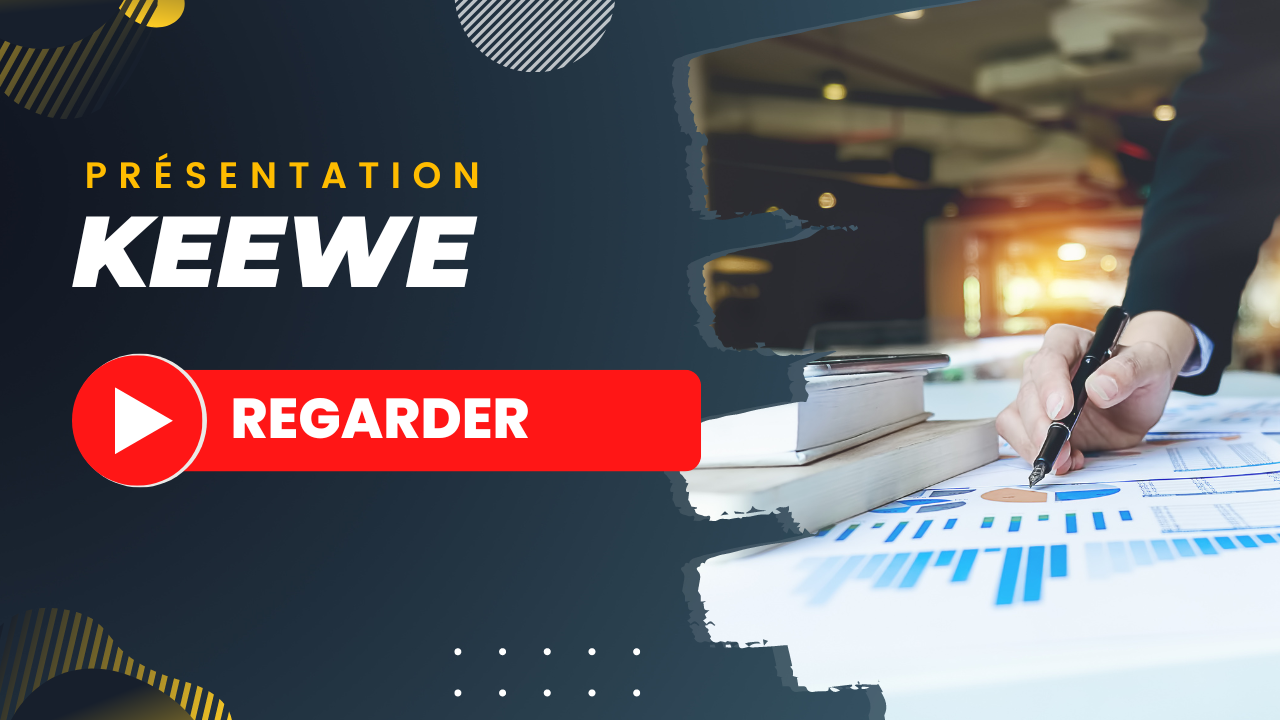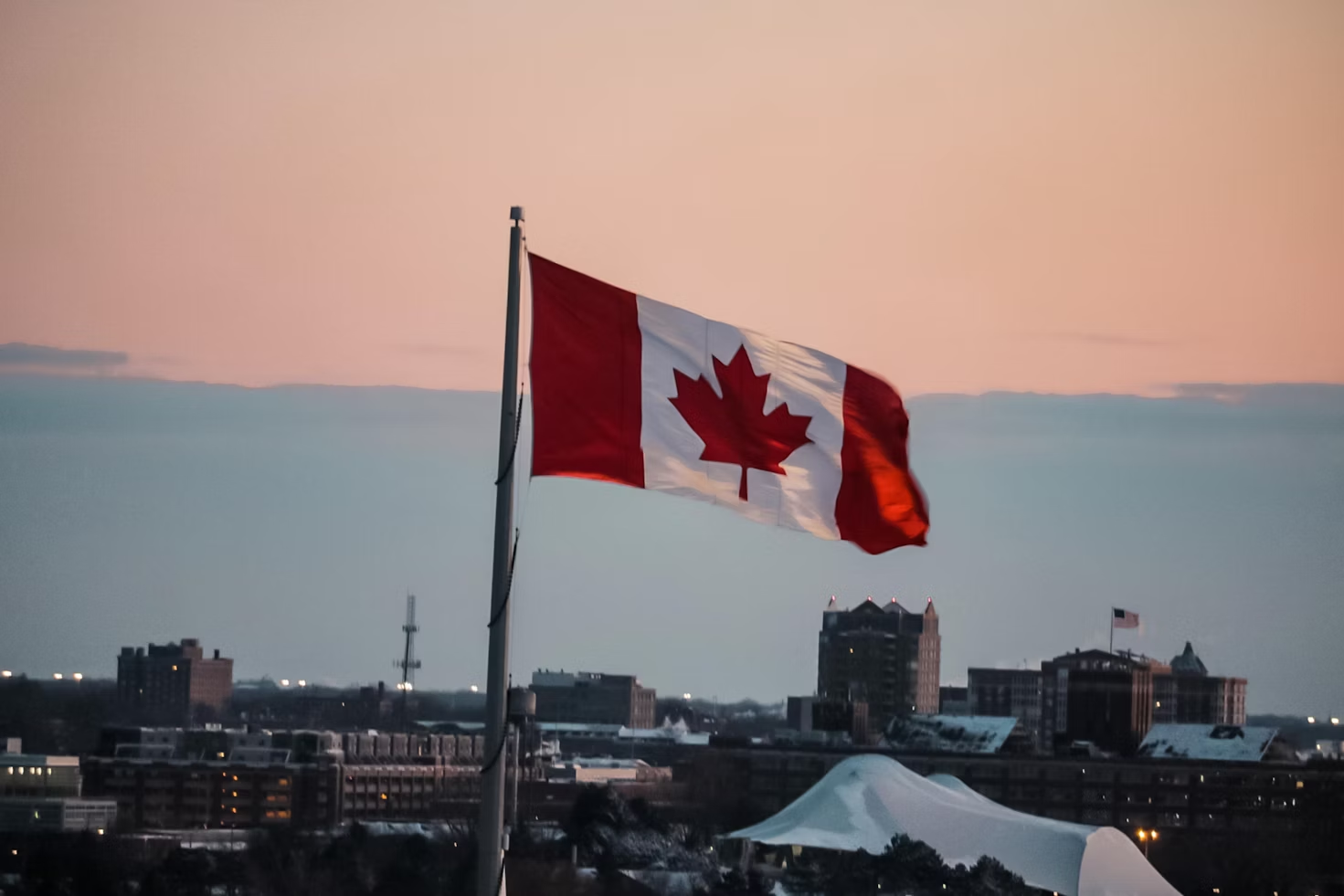Carbon transition: A practical guide to integrating green into your business strategy

Introduction: SMEs at the heart of a major change
Imagine a French SME, like a small textile company in Lyon, which sees its costs rise and its reputation falter in the face of the climate emergency. In 2025, the carbon transition is no longer an option, but a necessity, and it could well turn its challenges into opportunities.
With global warming threatening to reach +1.5°C by 2040, according to the IPCC, and ambitious European goals — carbon neutrality by 2050 via the Green Deal, as reported by the European Commission — French SMEs and ETIs are at the heart of a major change. In France, the National Low-Carbon Strategy (SNBC) sets clear targets: reduce greenhouse gas (GHG) emissions, estimated at 400 million tons of CO2 equivalent in 2024, to 185 million by 2030, according to the Ministry of Ecological Transition.
But why is this transition so critical for you?
• With the Corporate Sustainability Reporting Directive (CSRD), which came into force in 2025, companies must now publish a detailed carbon footprint, including direct (Scope 1), indirect (Scope 2) and emissions from their supply chain (Scope 3).
• Customers, on the other hand, are increasingly demanding sustainable actors: 60% of French consumers prefer companies that respect the environment, according to a recent CREDOC study.
Ignoring this trend exposes you to risks — fines, market loss, rising energy costs — but adopting it opens doors: subsidies, a strengthened CSR image, and increased competitiveness.
How do you get there? This practical guide takes you behind the scenes of the carbon transition, with Keewe's Green FX as a lever for integrating sustainable finance into the heart of your business.
Understanding the carbon transition: An imperative for 2025
What is the carbon transition? It is the movement towards a low-carbon economy, where businesses reduce their GHG emissions — such as CO2, methane, or nitrous oxide — to achieve carbon neutrality by 2050, in accordance with the Paris Agreement and the European Green Deal. This transition affects three types of emissions, defined by the greenhouse gas protocol (GHG Protocol):
• Scope 1 : Direct emissions, such as the fuel used by your vehicles or factories. For example, a road transport SME can emit around 10 tons of CO2 per year for its diesel trucks, according to typical ADEME data.
• Scope 2 : Indirect emissions related to the energy you buy, such as electricity from the grid. An industrial ETI can emit 15 tons of CO2 per year via its electricity, if it comes from non-renewable sources, according to Carbone 4 estimates.
• Scope 3 : Indirect emissions from your supply chain, often the most important. For a textile SME, 40% of its 150 tons of CO2 annually come from its Asian suppliers — transport, production — according to the Ecological Transition Agency (ADEME).
In 2024, French SMEs and ETIs emit on average between 150 and 200 tons of CO2 equivalent per year, most of which via Scope 3 (suppliers, logistics, ADEME). The objective is ambitious: to reduce these emissions by 55% by 2030, according to the EU's Fit for 55 plan, and to reach net zero in 2050, as stipulated by SNBC.
For novice businesses, this transition may seem complex, but it represents a unique opportunity to stand out, innovate and meet regulatory and societal expectations.
Practical steps for a green strategy: concrete actions and funding
Integrating the carbon transition into your strategy requires a methodical but accessible approach. Here are the key steps, illustrated by real initiatives or typical examples, and concrete financial levers:
• Establishing the Carbon Balance
Start by carrying out a Carbon Assessment using the ADEME method, a simple and free tool to assess your emissions. Take the fictional example of an agri-food SME based in Bordeaux, which measures its 180 tons of CO2 annually in 2024 and discovers that 65% come from its international suppliers (transport, production), according to typical ADEME data on Scope 3 emissions from SMEs. This step, essential for CSRD 2025, reveals your priority levers.
• Define reduction goals
Then, define a clear trajectory by following the SNBC or the Science Based Targets initiative (SBTi). Take the fictional example of a textile SME in Lille, which is committed to reducing its GHGs by 20% over three years, by targeting its suppliers and its energy, in line with the objective of -55% by 2030, as recommended by SNBC and SBTi. Take the fictional example of an ETI in the metallurgical industry in Lyon, which aims to reduce its greenhouse gases by 30% in five years, validating its trajectory via the SBTi to strengthen its CSR credibility, in accordance with SNBC recommendations.
• Implement
Then, implement concrete actions for a low-carbon company:
- Energy optimization and reduction of consumption : Switch to LED lights, heat pumps, or solar panels. For example, a manufacturing SME in Nantes invested in solar panels in 2024, saving 10% of its energy and 5 tons of CO2 per year, while reducing its bill by €15,000, according to a 2024 ADEME report on solar projects for SMEs.
- Select suppliers and responsible purchasing : Choose local or certified low-carbon suppliers. For example, an agri-food SME in Provence has chosen regional producers for its vegetables, reducing its transport emissions by 15% (12 tons of CO2 per year), while securing its supply, as reported by a 2024 ADEME study on responsible purchasing and Scope 3 emissions.
- Adopt sustainable mobility and green logistics : Replace vehicles with electric options or opt for sea freight, which is 80% less emissive than air travel, according to the Ministry of Ecological Transition. For example, a logistics SME in Marseille has switched to sea freight for its Asian imports, reducing its emissions by 20 tons of CO2 annually, according to a 2024 analysis by the Ministry of Ecological Transition on green logistics.
- Focus on the eco-design of products and sustainable packaging : Recycle 50% of your packaging or design sustainable products. For example, a cosmetic SME in Paris recycled its bottles in 2024, reducing its emissions by 8% (6 tons of CO2 per year), while attracting eco-responsible customers, according to a 2024 Carbone 4 survey on ecodesign.
To finance these transformations, explore the financial levers available:
- Green grants and financing : ADEME released 50 million euros in 2024 for low-carbon projects, such as a €100,000 grant granted to a solar SME in Toulouse for its panels, or €200,000 for an ETI wind turbine in Bordeaux, according to an official press release from ADEME 2024.
- Sustainable bonds and green loans : Green bonds, with $41.6 billion exchanged in 2017 and projected growth of $62 billion in 2025, according to Bloomberg, finance transitions such as a 2 million euro green loan obtained by an industrial ETI in Strasbourg for its solar equipment in 2024. Green loans from French banks represent 15% of SME financing in 2024, according to a BNP Paribas 2024 study.
These steps and funding make the carbon transition accessible, profitable and sustainable, even for novice SMEs and ETIs, strengthening their competitiveness and their image.
The challenges and opportunities for SMEs and midcaps in 2025: A balance to be found
Challenges: costs and complexity
The carbon transition, although an opportunity, presents obstacles for SMEs and ETIs in 2025. Initial costs — often between 50,000 and 100,000 euros for initial investments, as reported by a Medef 2024 analysis — and the complexity of CSRD (GHG reporting) hinder companies. The risk of greenwashing, where 30% of French SMEs are accused of deceptive practices in 2024 to attract customers, according to a UFC-Que Choisir survey, also threatens their credibility. But these challenges are surmountable: training on reporting, ADEME grants and CSR audits can limit errors, as shown in a 2025 Carbone 4 guide.
Opportunities: increased competitiveness and growth
The opportunities are promising. CSR boosts your competitiveness: 60% of French customers prefer sustainable businesses, according to a CREDOC 2024 study, and ADEME grants reduce costs by 20-30%. Low-carbon certifications, such as the “Low-Carbon” label from ADEME, attract 45% of new customers, according to a Carbone 4 2025 analysis. ESG financing reached 18% of investments in 2022, projected to 25% in 2025, and green bonds, at $41.6 billion in 2017, are expected to grow to $62 billion in 2025, according to Bloomberg. For SMEs, adopting Green is not a luxury, but a winning strategy, strengthening leadership and growth.
Green finance as an accelerator of change: Green FX at the heart of your payments
Green finance propels the carbon transition, and Keewe's Green FX becomes a strategic lever for your SMEs/ETIs, integrating sustainable finance at the heart of your business.
Banks and fintechs play a key role
Establishments like BNP Paribas offer green loans to finance sustainable projects, such as a 1 million euro loan granted in 2024 to a solar SME in Lille for its panels, according to a BNP Paribas 2024 report. Fintechs, like Keewe, are innovating with integrated carbon solutions, facilitating access to green finance for SMEs. For example, an industrial SME in Bordeaux obtained green financing of 500,000 euros via a bank in 2024 to renovate its energy park, boosting its performance and its image, according to 2024 reports from BNP Paribas and AFG on green loans for SMEs.
Impact investments and green financing are exploding
ESG financing represented 18% of investments in 2022, with growth of 25% in 2025, according to a Morgan Stanley 2024 study. Green bonds, which grew from $41.6 billion in 2017 to a projection of $62 billion in 2025, according to Bloomberg, finance transitions like a wind energy ETI in Nantes, which raised 2 million euros for its equipment in 2024 via green bonds, according to Bloomberg and AFG data on the growth of sustainable bonds in 2025. SMEs access these bonds via fintechs, increasing their green investments by 15% in 2024, according to an analysis by AFG 2024.
Keewe's Green FX as a strategic lever
But at the heart of this transformation, Keewe's Green FX stands out:
• Green FX measures the carbon footprint of your international payments (Scope 3), simplifying your reporting for CSRD 2025 while integrating sustainable finance into your transactions.
• Each payment sees 15% of our income reinvested in sustainable projects — reforestation in Madagascar, marine depollution in Asia, support for local wildlife in Latin America — offsetting up to 7.5 tons of CO2 equivalent by bank transfer of 50,000 euros, according to our 2024 data.
Take the fictional example of a textile SME in Marseille, which reduced its Forex costs by 20%, strengthened its CSR by offsetting 10 tons of CO2 in 2024 with Keewe's Green FX, and won a competitive advantage with CSR customers, placing sustainable finance at the heart of its payments, according to a typical Carbone 4 analysis on the impact of sustainable solutions.
Green FX is not just a tool : it is your lever to align economic performance and positive impact, transforming each transaction into a responsible and competitive act, at the heart of your business.
Conclusion: Act now for a sustainable and competitive future
The carbon transition is a golden opportunity for your SMEs/ETIs in 2025, combining economic performance and sustainability. Carrying out a Carbon Assessment, defining a clear trajectory, adopting concrete actions (energy, suppliers, mobility, ecodesign), mobilizing financial levers (grants, green bonds), and exploiting green finance with Green FX from Keewe position you as a CSR leader.
Faced with CSRD requirements, customer expectations (60% prefer sustainable businesses, CREDOC 2024) and the costs of inaction (financial risks, fines), do not delay. With Green FX, integrate sustainable finance into the heart of your payments, boost your competitiveness and your global impact.
Take action with Keewe on www.keewe.eu — transform your strategy, today, for a green and prosperous future!







